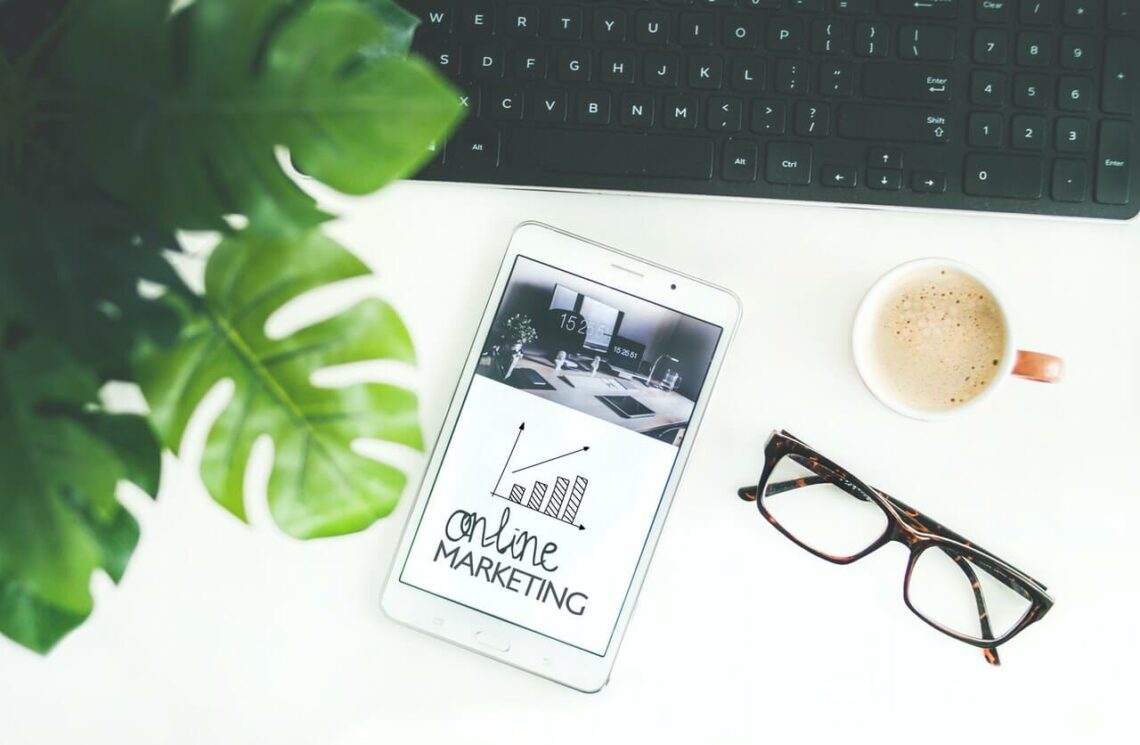We perceive pictures faster than text. This is a well-known fact, it requires no further explanation. In the age of fragmented attention, visuals are just as important as accompanying motivational text. And sometimes it does all the work: it encourages customers to make their first contact with the brand or becomes the deciding factor in their choice.
Visual information is perceived 40% faster than text. An image combined with a motivating text message encourages consumers to choose a particular product or brand. Photographs and pictures have the greatest impact on potential customer engagement. In marketing, photos are actively used to attract users to your website or social media pages.
Why is photography important in digital marketing?

In modern marketing, photographic material is no longer perceived as a purely decorative element whose task is limited to “covering up a hole” on a website page or in a booklet. Photography contributes to such important goals as:
- supporting the client along the entire sales chain: “first contact with the brand – purchase – repeat purchase – a recommendation to friends” (take a Casino Howto selling page as an example)
- creating a favorable image of the company.
A good photo benefits both the customer and the company. Unlike in real life, in digital and print, you can’t touch, weigh and feel the product. And offline, these are some of the key decision-making factors. We can buy a more expensive product because of tactile preferences, although if we were to buy online, the choice would be in favour of another, a cheaper product with good reviews.
There is no denying the fact that a high-quality photograph does not completely solve the issue of physical contact. However, such an image does give a sufficiently succinct idea of the qualities of the product. With a professional photo, the customer doesn’t have to spend time clarifying details or searching for a better image. This reduces the time it takes to make a decision, and it also benefits the selling party.
Conversion on websites tends to increase when a photo is added. It is not difficult to find cases on the internet that prove this point. The options for working with images (improving the quality, increasing the size) are also considered. The magnitude of the change varies greatly, and the data presented can hardly be used in predicting the effect in upcoming A/B testing. There are no universal recipes like putting an 800×300 pixel photo on the form page and you will get twice as many hits.
Nevertheless, it is a fact that there are few or no cases claiming the opposite (that conversion decreases when a photo is added).
Lack of photos, or their poor quality, hurts a company’s image. If you are a producer, you are expected to have quality photographic material for use in all channels, from digital to large format printing. Its absence is suspicious, both from the perspective of b2b-partners and b2c-consumers.
If you are a trading company, your photo content is your face. The way the material is presented on the website or in the print shop is indicative of the attitude towards the consumer, and it is always felt. Lack of photo content raises doubts about the quality of the product or service.
How photography is used in marketing?

Text is at the heart of the content of a website, social media page or blog. The image has the function of attracting the audience’s attention and facilitating the perception of the text message.
Statistically, the majority of people (65%) are visual, i.e. they perceive data through images. The remaining 35% focus on the text. It is no coincidence that cave paintings preceded the emergence of writing.
“According to research, posts on social networks or websites that contain illustrations lead in terms of views and reposts. Texts without visuals are read by 94% fewer people. Visualisation is considered an effective tool for positioning a product, brand or person. A text message with a picture attached to it is more memorable.
Classification of visual material in content marketing:
- Informative illustrations are a component of the narrative
- “Attention catchers” contribute to the emotional background of the message
- Memes have an entertainment function
- Screenshots serve to inform the text
- Charts and graphs clearly show the dynamics, trends or outcomes of research)
- Flowcharts provide clear instructions.
For products sold through online platforms, high-quality and detailed images are a must. The consumer makes his or her choice based on pictures of the product.
Certain rules must be observed to ensure an effective user experience:
- Visual content should be placed every 100 words
- The use of colourful illustrations is recommended
- SEO optimisation, i.e. adapting content to search queries.
According to experts, diluting text with images every 75 to 100 words has a positive effect on subscriber response. These are the types of posts that get the most likes and reposts. Photos are best placed at the beginning of the post and every 2-3 paragraphs. Also, illustrations should be present in every sub-section.
Digital marketing aims to achieve the following goal: the introduction of a product and its visual interaction, which is focused on attracting customers and influencing their choices.
The reasons why visual marketing leads companies to market success:
- The human brain processes pictures faster than text, so 90% of information is acquired through sight
- The image perception efficiency is higher than the text perception efficiency
- The design of the website inspires consumer confidence
- Illustrated websites attract more traffic
- Publications with pictures get more views
- Users are more likely to like, comment on and repost photos.
